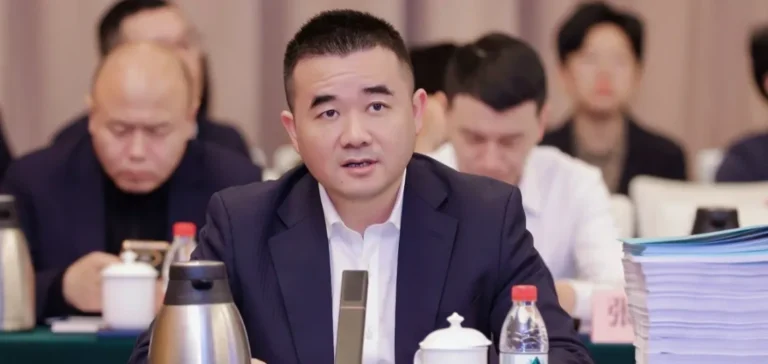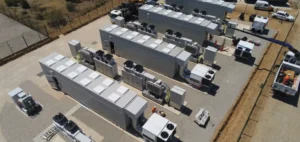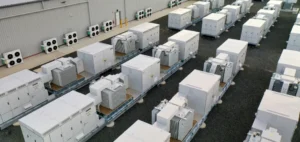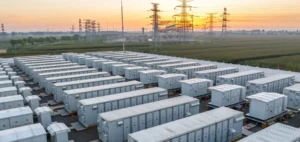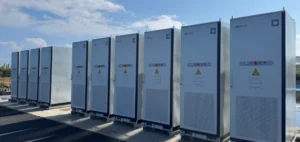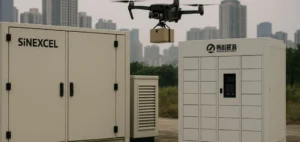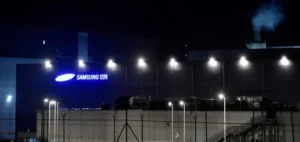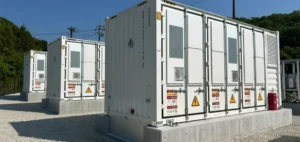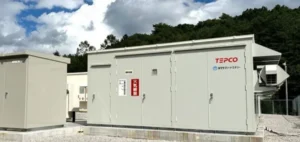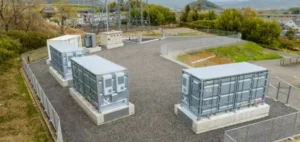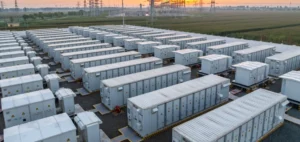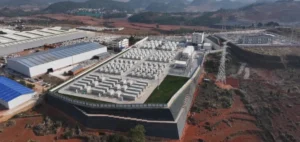Huawei Digital Power has reached a significant milestone in battery energy storage system (BESS) safety by securing full validation of its quantitative safety assessment system covering the entire lifecycle. Co-developed with six industrial partners, the project received unanimous approval from a technical committee convened by the China Electricity Council, which recognised it as a solution addressing major technical gaps both in China and globally.
Nationwide technical appraisal
The committee included experts from several key institutions, including Tsinghua University, China Southern Power Grid, China Electric Power Research Institute, as well as representatives from insurance companies and certification agencies. Following a series of technical reviews, presentations and document assessments, members acknowledged the system’s novel methodology for quantifying and classifying safety risks in large-scale industrial applications.
Risk classification and integrated technologies
The system defines three risk levels: A (unacceptable), B (to be mitigated) and C (acceptable), each corresponding to specific probabilities of major safety incidents. It integrates four core technological innovations, including a high-precision intelligent early warning system, an oxygen-blocking and smoke exhaust architecture, a dual-level inverter conversion system, and a thermal insulation and real-time detection solution.
International deployment of results
Project outcomes have already been deployed in multiple installations, including a grid-forming energy storage facility in Ngari Prefecture, China, another in Uzbekistan, and a 100% renewable microgrid in Saudi Arabia. These applications demonstrate the system’s operational viability across diverse environments, including extreme conditions.
Academic recognition and industrial outlook
According to Professor Ouyang Minggao from Tsinghua University, the introduced methodology is a world-first in the industry, with high economic and industrial potential. The system could serve as a common technical foundation in the sector, particularly as power grids increasingly incorporate intermittent renewable sources.


